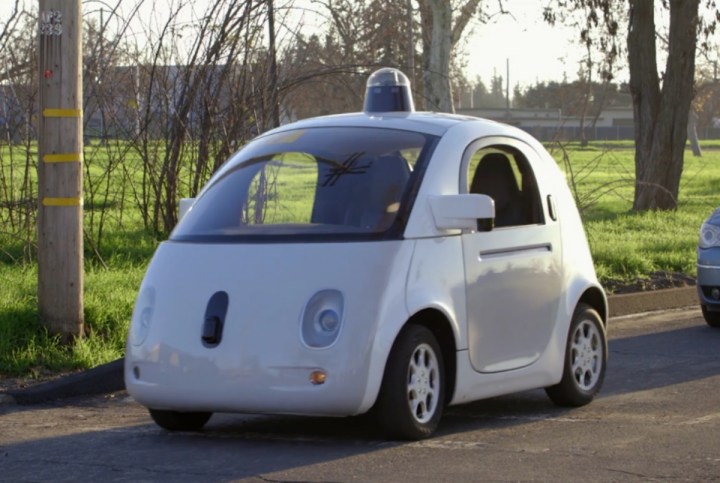
No one is questioning that autonomous vehicles are coming, though the timing isn’t set. Despite Tesla’s recent announcement that as of October 10 all its vehicles have the hardware needed for full self-driving, sufficiently developed and tested software and regulatory approval are at least a few years off. All involved assure that fully self-driving cars will cut vehicle accident rates but 90 percent or more — the portion attributed to human error. Areas where futurists and urban planners differ include what cities and suburbs will look like, what types of vehicles will be automated, and what will happen to structures and spaces now used for car storage and traffic.
City spaces
Most predict cities will be less congested. Carlo Ratti, Director of MIT Senseable City Lab said, “Vast areas of urban land currently occupied by parking lots and roads could be reinvented for a whole new spectrum of social functions.” Ratti said. However, he warns if self-driving becomes less expensive than choices like buses or subways, “our cities could easily become gridlocked.”
Audi Urban Futures Initiative’s Lisa Futing says, “The biggest change to the urban fabric will be to parking infrastructure. Parking will be moved indoors and outside of city centers, freeing up outdoor lots and spaces for development and public space. ”
The burbs
Driverless cars will likely impact urban and suburban areas differently. Eric Guerra of the University of Pennsylvania thinks urban centers will be affected positively, but he’s not so sure about suburbs. “If you’re living in a low-density suburban community, they’re finding it will increase travel when you use existing travel models.”
Suburban lifestyles could change in desirable ways, says Kinder Baumgardner of SWA: “The one inconvenience, driving, goes away. There’s going to be more demand to live in those places.”
It’s not just cars
Anthony Townsend, author of Smart Cities: Big Data, Civic Hackers, and the Quest for a New Utopia, thinks more attention should be paid to autonomous vehicles other than cars. ”It’s actually trash trucks, trailers, delivery vans, taxis and other vehicles that take up much of the space in cities. They will be completely transformed by automated technologies.” Townsend argues that those changes plus autonomous mass transit will make cities more efficient and liveable.
David Ory of the San Francisco Metropolitan Transportation Commission agrees with Townsend. Ory says land use for all types of transportation will be a positive result of driverless and other forms of automated transportation including subways, buses, and bicycles.
Garages, driveways, and parking spaces
Kinder Baumgardner of SWA focuses on space gain in urban centers and in suburbs. He foresees that fewer cars in urban core areas will allow parking lots, parking spaces, and garages in the city all repurposed for housing, retail, and public spaces. In the ‘burbs, common spaces and walking paths will proliferate as garages, driveways, and cul-de-sacs are no longer needed. “You’ll get to know your neighbors better,” Baumgardner says.
Audi’s Lisa Futing concurs, noting that even in-door parking lots in cities will need less land. “Lots them will be able to accommodate 60 percent more cars thanks to smaller driving lanes, greater maneuverability, and a lack of need for stairs and elevators.”



